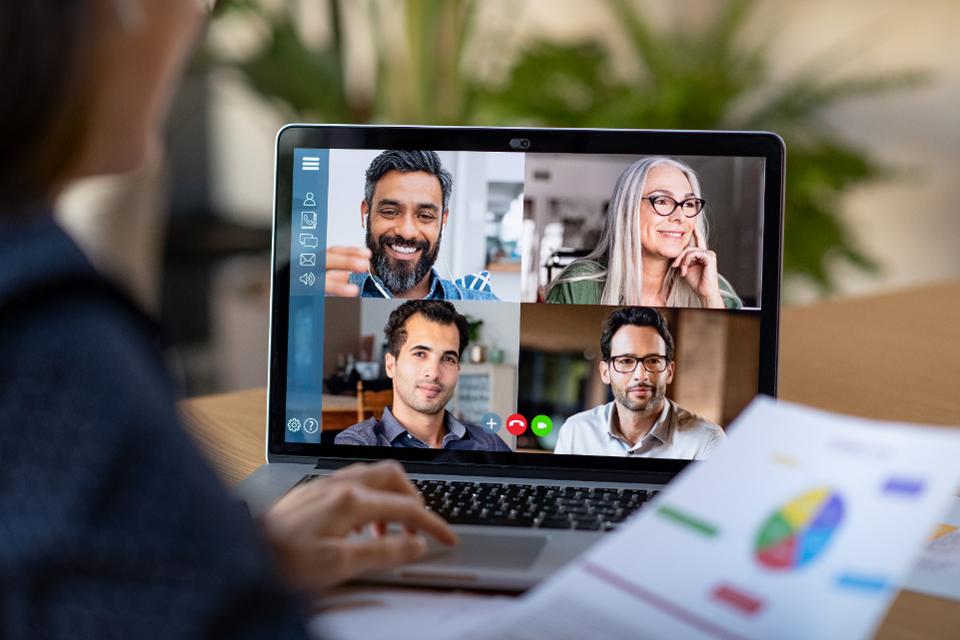
Last week, the Observer posted an article how Facebook and Google are allowing most employees to work from home permanently. Facebook even said it will begin taking job applications for remote positions later in 2020.
The pandemic taught us one thing for sure: we can adjust to working from home and we can be just as productive…and even more productive as a result. What has been a challenge is taking a new opportunity and selling it from start to finish remotely.
Project Reports Get New Sales Cycles Going
Your Project Reports are brand new opportunities to sell your product and/or service. You know who to contact and where your product/service fits. You’ve called, evaluated what the prospective customer wants and you’re ready to get it moving down the sales cycle. However, part of that sales cycle means getting in front of them to ‘see’ their operation or ‘show’ them how your offering works.
The Virtual Client Presentation
It may seem easy to do, but it does take come creativity and imagination to pull it off. To begin, choose the platform that either your company has adopted or that you like to use the most: Gotomeeting, Zoom, Microsoft Teams, Google Hangout, Skype, Webex, or Jitsi Meet to name a few. Get that set up and try to use the version where security like a password setting is offered. A cost may be involved, but worth the investment.
When you go on-site, you may start by giving a quick presentation, then proceed with a walkthru at the facility and finish up with your benefits and next steps. Today, you’re having challenges with showing your product and keeping the prospect engaged. What we’re going to do it give you a starting point to get your creative side working.
The Quick Presentation
During the quick presentation, this is where you want to ask questions in order to gain as much information as possible. Where we all have been reliant on slides in the past, that won’t be the case moving forward. Slides should be there as a reference point. The main driver is your conversation.
Since you’re calling from a Project Report, you already have some information about what they are trying to accomplish. By using the News Feature, you’ll also get a more in-depth understanding of what they were looking to accomplish (prior to March) and any announcements since then in order to track what has potentially changed. Make reference to it in your presentation.
One trick that you can use is to have two versions of your PowerPoint. One with notes (for you) and one without notes, the presentation the potential customer sees via videoconferencing. On the one with notes, write out your presentation as you would say it including what questions you want to ask. You’ll come up with all sorts of great questions once you read the Summary and complete your research.
By writing it down, you won’t forget what points you want to make. They’ll never know you’re looking at your notes because you’re still looking at the camera! Very efficient.
But remember, don’t sound like you are reading. That’s why you write it as you would normally talk. It’ll sound natural.
The Virtual Tour
Many times the potential customer is at their facility. Because of what they do, and their level of responsibility, they may be on-site full time. They just can’t accept visitors yet. That’s fine. The potential customer can do one of two things:
- They can take pictures of the area where your product or service would be implemented.
- If they can’t release the pictures, they can take you on a tour with their phone. This way you can see it and ask questions just like if you were there in person.
You may want to say this will never work, however, it can and does. In speaking with a few current customers, here are a couple examples.
- A prospect needed a quote…fast. There was no way to get out there to ‘see’ what they needed to give a quote. Explanations were given to the prospect on the type of pictures needed, and the prospect took the pictures and texted.
- A prospect had a repair issue and their current vendor wasn’t able to fix it. The company couldn’t get someone out there to take a look, so they video conferenced by mobile phone. Now we were able to ‘see’ what was going on, and gave instruction in order to identify the problem. Then the customer had the choice of putting the new part on themselves, or waiting to have us come out to fix it.
- It was difficult to get in front of the decision maker as they traveled all the time. They were finally in the office and had 10 minutes to talk. There was no way to get there in time for the open timeslot. The contact video conferenced and the conversation took place. The questions were ready to go, and the decision maker appreciated their time being respected and kept it on point.
Rehearse
Just like you would rehearse your presentation before you give it to the prospect, the same applies here. Rehearse your notes, be sure to use voice infliction and be sure to show your passion for your solution.
Good luck and happy virtual selling!
What to learn more? Get in Touch
Latest Posts
-
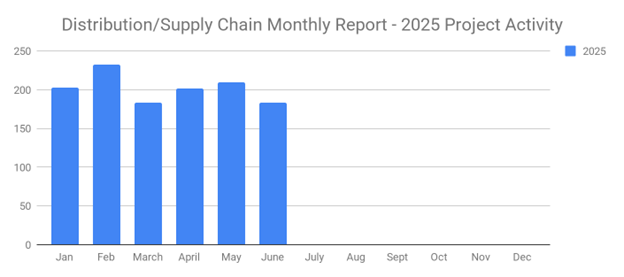
June's New Distribution and Supply Chain Planned Projects Return to March’s 183 Confirmed Figure
-
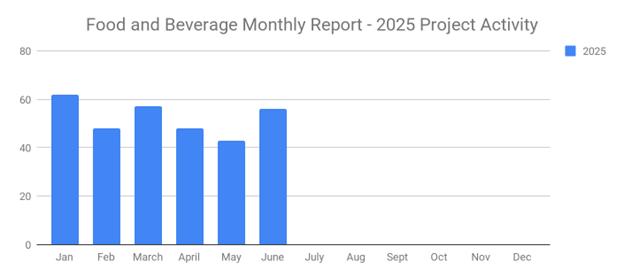
Food and Beverage Rebounds with 56 New Planned Projects Igniting Growth After Decline
-
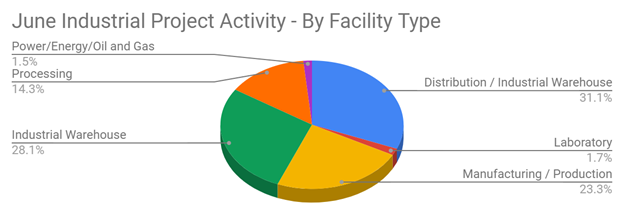
June 2025’s New Industrial Construction Projects Grew 7% Month-Over-Month
-
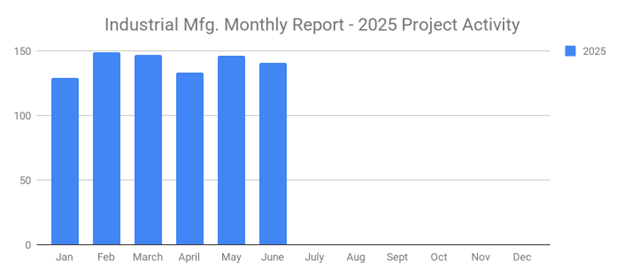
Q2 Industrial Manufacturing Soars 31% for Planned Projects Over $100M; June Planned Industrial Projects Hit 141

